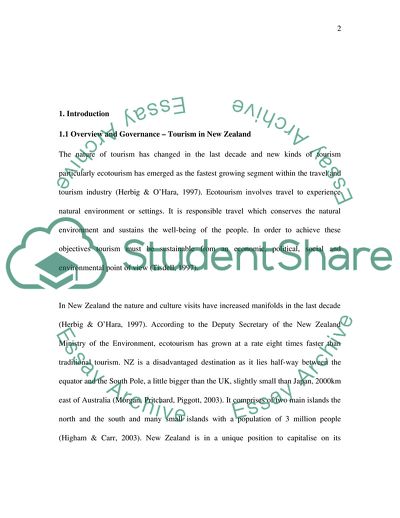Cite this document
(Tourism Destination Development Case Study Example | Topics and Well Written Essays - 2000 words, n.d.)
Tourism Destination Development Case Study Example | Topics and Well Written Essays - 2000 words. Retrieved from https://studentshare.org/tourism/1714606-tourism-destination-development
Tourism Destination Development Case Study Example | Topics and Well Written Essays - 2000 words. Retrieved from https://studentshare.org/tourism/1714606-tourism-destination-development
(Tourism Destination Development Case Study Example | Topics and Well Written Essays - 2000 Words)
Tourism Destination Development Case Study Example | Topics and Well Written Essays - 2000 Words. https://studentshare.org/tourism/1714606-tourism-destination-development.
Tourism Destination Development Case Study Example | Topics and Well Written Essays - 2000 Words. https://studentshare.org/tourism/1714606-tourism-destination-development.
“Tourism Destination Development Case Study Example | Topics and Well Written Essays - 2000 Words”. https://studentshare.org/tourism/1714606-tourism-destination-development.


